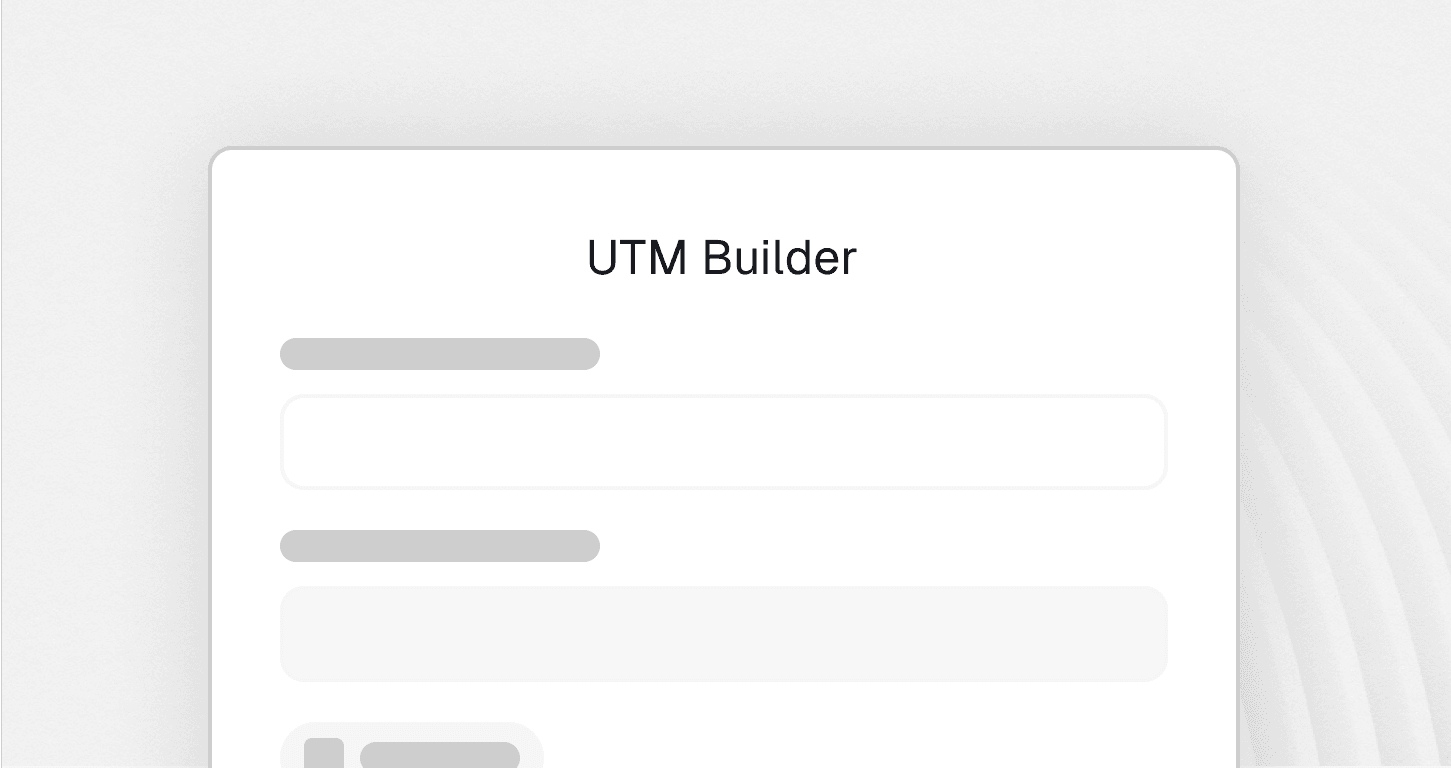Slack Time Calculator
Quickly calculate slack time to avoid delays, optimize resources, and keep your projects on track.
Free Slack Time Calculator: Manage Your Project Buffers Like a Pro
Effective project scheduling hinges on understanding time buffers and workflow flexibility. A slack time calculator enables project managers to identify available time windows between activities, streamline resource allocation, and prevent costly project overruns.
This detailed guide explores:
Calculating slack time and its strategic importance
Leveraging slack analysis in critical path methodology
Practical implementation across various industries
Proven strategies for buffer management
Essential tips for project optimization
What is Slack Time and Why Every Project Manager Needs This Calculator?
Slack time, alternatively referred to as float time, measures the duration a task can be postponed without compromising the project's final deadline. A slack time calculator streamlines these intricate computations, enabling project leaders to make strategic decisions about resource deployment and schedule modifications.
Project managers lacking proper slack analysis frequently encounter unrealistic timelines, resource bottlenecks, and unforeseen disruptions. An automated calculator prevents manual computation mistakes and delivers immediate visibility into project adaptability.
Breaking Down Slack Time Categories
1. Total Float Duration
Total float indicates the maximum delay an activity can experience without impacting the project's completion timeline. This measurement encompasses the complete project scope and offers the most comprehensive view of scheduling adaptability.
2. Free Float Duration
Free float reveals how much an activity can be postponed without influencing the early commencement of the following activities. This metric proves vital for managing interconnections between related tasks.
3. Independent Float Duration
Independent float demonstrates the time an activity can be delayed when all prior activities complete at their latest possible moment, while all subsequent activities begin at their earliest possible time. This method reflects the most conservative approach to buffer time in project scheduling.
The Mechanics Behind Slack Time Calculations
Practical slack time computation incorporates several fundamental elements:
Earliest Start (ES): The soonest possible moment an activity can commence. Earliest Finish (EF): The quickest point in time an activity can be completed, assuming no delays in prior tasks.
Latest Start (LS): The latest time an activity can begin without affecting the overall project timeline.
Latest Finish (LF): The final moment an activity can conclude without project delay
The fundamental equation for total slack calculation: Total Slack = Latest Start - Earliest Start = Latest Finish - Earliest Finish
Contemporary calculators handle these computations automatically, managing complex project networks with numerous dependencies and limitations.
Practical Implementation of Slack Time Analysis
1. Building and Construction Management
Construction supervisors utilize slack time computations to handle weather interruptions, material shipments, and labor scheduling. Recognizing which activities contain slack enables superior resource redistribution during unexpected complications.
Scenario: A structural foundation maintains zero slack time, positioning it on the critical path. Meanwhile, interior painting possesses 5 days of slack, providing flexibility in scheduling painters around other priorities.
2. Technology Development Projects
Development teams apply slack time analysis for sprint organization, feature deployments, and defect resolution. Identifying tasks with available slack assists teams in accommodating scope modifications without missing milestones.
Scenario: Quality assurance testing contains 3 days of slack, while database migration remains on the critical path. This intelligence guides resource distribution during intensive periods.
3. Marketing Campaign Execution
Marketing professionals employ slack time calculations to synchronize content development, approval workflows, and campaign launches. Grasping the flexibility in timing helps reduce last-minute stress and protects overall project quality.
Scenario: Social media content development contains 2 days of slack, while advertisement placement approval maintains zero slack. This analysis helps prioritize urgent deliverables.
Advantages of Implementing a Slack Time Calculator
1. Strengthened Risk Mitigation
Slack time analysis assists in recognizing potential project hazards by emphasizing activities with limited time cushions. Project managers can proactively tackle these limitations before they become critical obstacles.
2. Superior Resource Utilization
Understanding which tasks possess available slack facilitates improved resource distribution. Teams can redirect personnel and equipment to critical activities while preserving flexibility in non-critical zones.
3. Enhanced Stakeholder Dialogue
Clear slack time data improves dialogue with clients, team members, and leadership. Stakeholders develop realistic expectations regarding project flexibility and potential delay consequences.
4. Elevated Project Achievement Rates
Projects implementing proper slack time management demonstrate notably higher achievement rates. Teams can adjust to modifications, manage unexpected challenges, and maintain quality benchmarks without sacrificing deadlines.
Essential Elements in a Quality Slack Time Calculator
1. Critical Path Method Integration
Superior calculators incorporate the critical path method (CPM) analysis, automatically recognizing the most extended sequence of dependent activities. This integration delivers comprehensive project timeline intelligence.
2. Dependency Coordination
Advanced calculators manage complex task dependencies, including finish-to-start, start-to-start, finish-to-finish, and start-to-finish relationships. This adaptability accommodates diverse project frameworks.
3. Resource Limitation Analysis
Modern tools consider resource restrictions when computing slack time. This feature prevents unrealistic scheduling that overlooks personnel, equipment, or budget limitations.
4. Scenario Modeling Capabilities
Professional calculators enable "what-if" analysis, allowing project managers to explore various scenarios and assess their impact on the project schedule.
Strategic Approaches for Slack Time Management
1. Continuous Monitoring and Refreshing
Slack time computations require regular updates as projects advance. Modifications in task durations, resource availability, or scope changes can substantially impact available slack.
2. Buffer Time Distribution
Seasoned project managers suggest maintaining minimum buffer periods even for activities with computed slack. This practice accommodates unforeseen circumstances and measurement uncertainties.
3. Team Coordination
Share Slack time intelligence with team members to enhance collaboration and decision-making. Teams function more effectively when they comprehend scheduling flexibility and limitations.
4. Documentation and Monitoring
Maintain comprehensive records of slack time computations and their reasoning. This documentation proves invaluable for project evaluations, lessons learned, and future planning initiatives.
Frequent Errors in Slack Time Calculations
1. Disregarding Resource Limitations
Many project managers compute slack time based exclusively on task dependencies, overlooking resource availability. This method can result in unrealistic schedules and resource conflicts.
2. Neglecting External Dependencies
External elements like vendor deliveries, regulatory approvals, or weather conditions can influence slack time calculations. A comprehensive analysis must consider these variables.
3. Static Analysis Methodology
Treating slack time as a fixed value rather than a dynamic metric results in poor decision-making. Regular recalculation ensures precision throughout the project lifecycle.
4. Misinterpreting Slack Categories
Confusing total slack with free slack can cause scheduling mistakes. Understanding the distinctions between slack types is essential for effective project management.
Software Integration and Compatibility
1. Leading Platform Connectivity
Modern Slack time calculators integrate with leading project management platforms like Teamcamp. This integration optimizes workflow and minimizes data entry mistakes.
2. Export and Analysis Features
Professional calculators provide comprehensive reporting capabilities, generating charts, graphs, and detailed analyses. These reports support project presentations and stakeholder communications.
3. Real-Time Teamwork
Cloud-based calculators facilitate real-time collaboration among team members, ensuring everyone operates with current information and can contribute to planning discussions.
Advanced Slack Time Analysis Methods
1. Monte Carlo Simulation
Advanced practitioners employ Monte Carlo methods to account for uncertainty in task duration estimates. This approach provides probability distributions for slack time calculations.
2. Sensitivity Evaluation
Sensitivity evaluation identifies which activities have the most significant influence on overall project timelines. This information guides risk mitigation efforts and resource allocation decisions.
3. Optimization Algorithms
Sophisticated calculators employ optimization algorithms to suggest schedule improvements, resource reallocation, and cost-time trade-offs.
Sector-Specific Applications
1. Healthcare Project Management
Healthcare project management requires careful attention to regulatory compliance and patient safety. Slack time calculations must account for approval processes and quality assurance requirements.
2. Manufacturing Operations
Manufacturing initiatives typically include intricate production workflows and interconnected supply chain elements. Slack time analysis must consider inventory levels, equipment availability, and production capacity.
3. Event Coordination
Event management requires precise timing coordination with minimal room for error. Slack time calculations help identify critical preparation activities and backup planning opportunities.
Evaluating Calculator Performance
1. Precision Metrics
Evaluate calculator precision by comparing predicted slack times with actual project outcomes. Consistent precision indicates reliable calculation methods and realistic assumptions.
2. Efficiency Analysis
Measure the efficiency gained by using automated calculations versus manual methods. Practical calculators should significantly reduce planning time while improving precision.
3. Decision Support Quality
Assess how well the calculator supports decision-making by tracking the success rate of decisions based on its outputs. High-quality tools should improve project outcomes.
Emerging Trends in Slack Time Analysis
1. Machine Learning Integration
AI-powered calculators will incorporate machine learning to improve duration estimates and risk assessments. These tools will learn from historical project data to enhance prediction accuracy.
2. Predictive Analytics
Advanced analytics will enable proactive identification of potential delays and resource conflicts. Predictive capabilities will help project managers address issues before they impact schedules.
3. Mobile Optimization
Mobile-first design will make Slack time calculations accessible from any location. Field teams will benefit from real-time analysis capabilities during project execution.
conclusion
A reliable slack time calculator is essential for keeping projects on track and managing timelines efficiently. An effective slack time calculator serves as a cornerstone for successful project management. These tools deliver critical intelligence about project adaptability, resource optimization possibilities, and risk management strategies. Whether overseeing construction projects, software development, or marketing campaigns, mastering slack time enables superior decision-making and enhanced project outcomes.
Contemporary calculators provide sophisticated features including critical path analysis, resource constraint modeling, and scenario planning capabilities.
As project complexity continues expanding, the significance of precise slack time analysis intensifies. Investing in quality calculation tools and developing analytical expertise will remain vital for project management success in an increasingly competitive business landscape.
FAQ
1. What is slack time?
Slack time (or float time) is how long a task can be delayed without affecting the project's final deadline. It helps project managers identify scheduling flexibility, optimize resources, and prevent delays.
2. How do you calculate slack time?
Use this formula: Total Slack = Latest Start - Earliest Start
You need the earliest and latest start/finish times for each activity. Modern calculators handle these computations automatically for complex projects.
3. What are the types of slack time?
There are three core float types: Total Float indicates how long an activity can be delayed without delaying the entire project, Free Float measures delay time without impacting the start of subsequent tasks, and Independent Float offers the most cautious estimate, unaffected by either preceding or following activities.
4. What are common slack time mistakes?
The most frequent errors include ignoring resource limitations, not considering external dependencies like vendors or weather, treating slack as fixed instead of updating regularly, confusing different slack types, and failing to share information with team members.
5. What features should a slack calculator have?
Essential features include Critical Path Method integration, complex dependency management, resource constraint analysis, "what-if" scenario modeling, integration with project management tools, real-time team collaboration, and comprehensive reporting capabilities.




